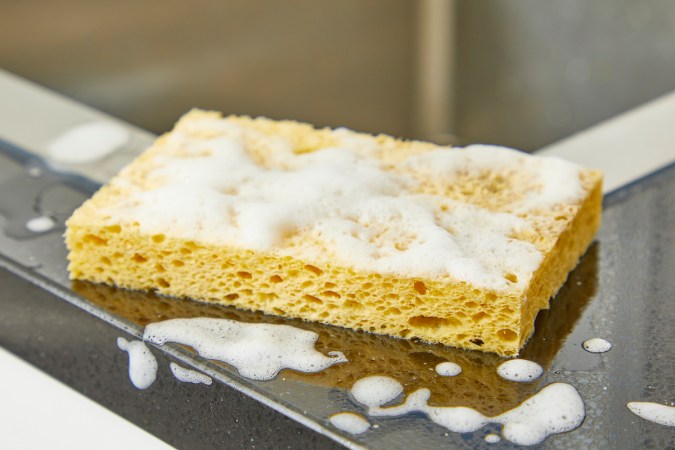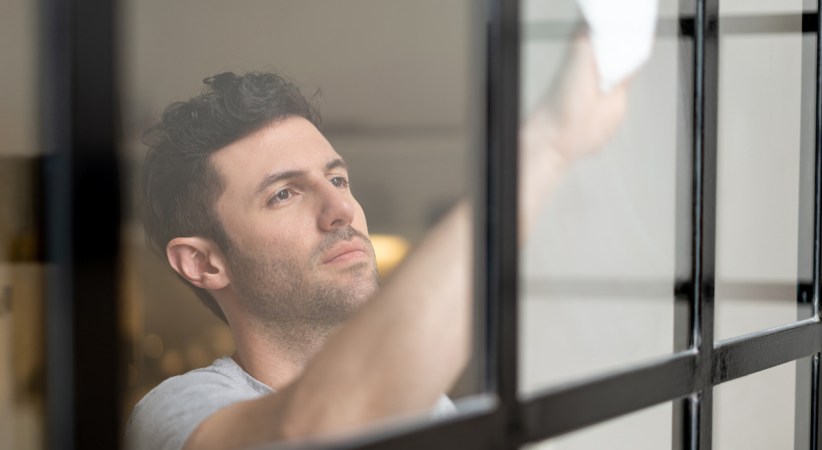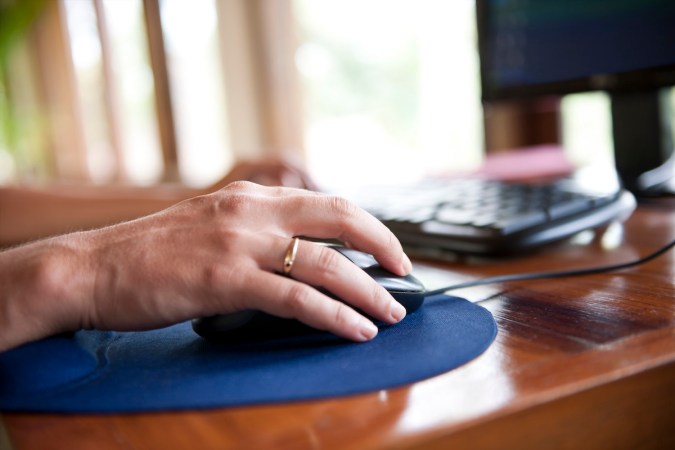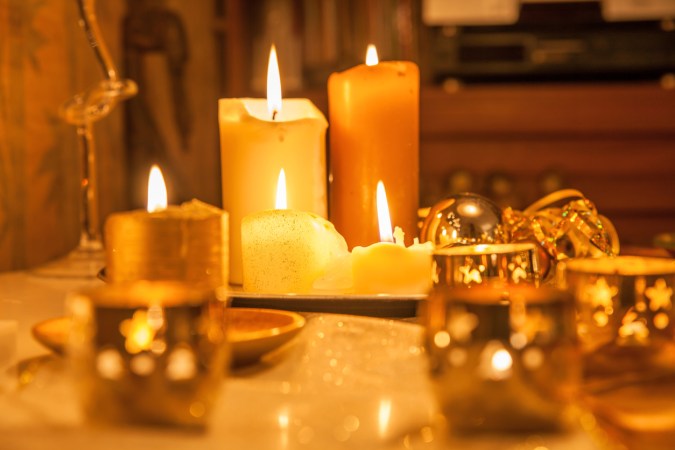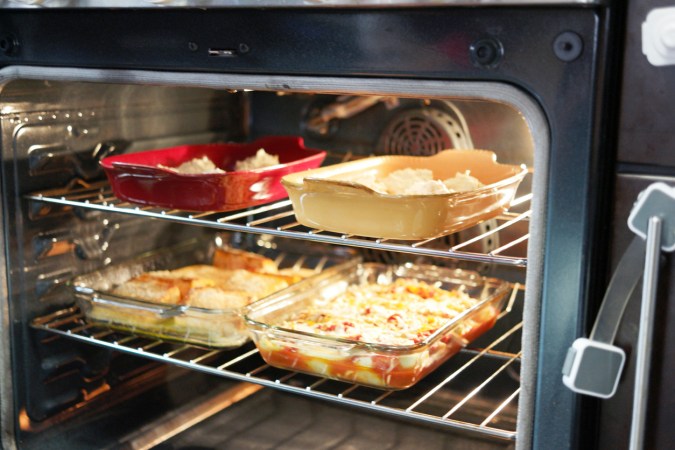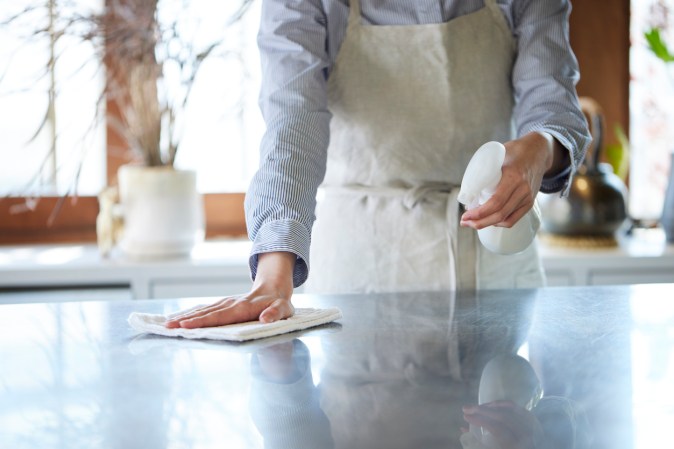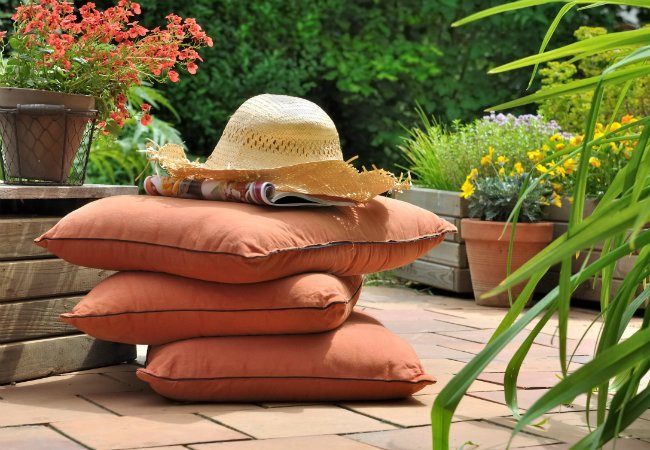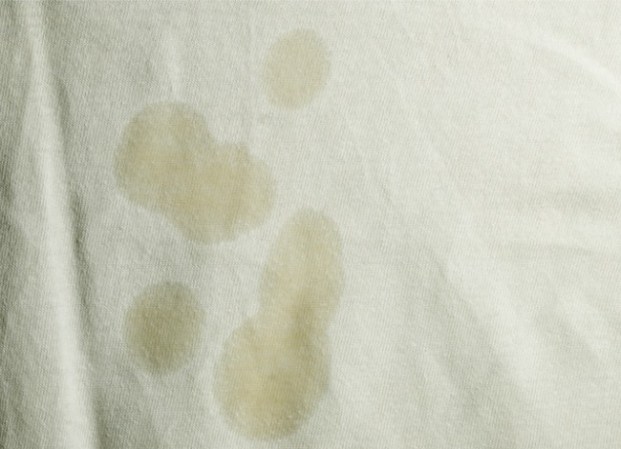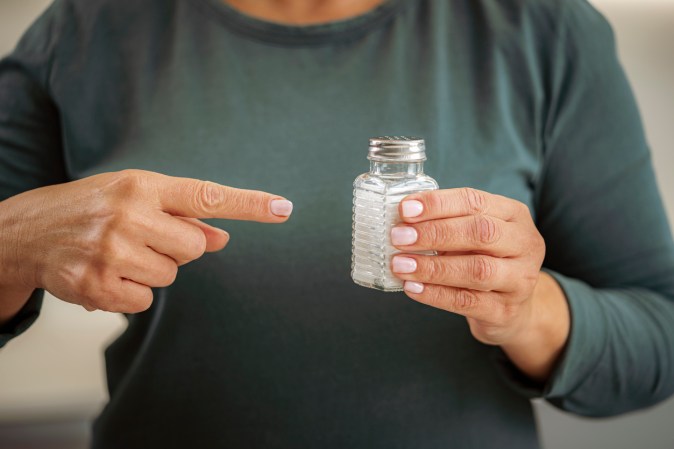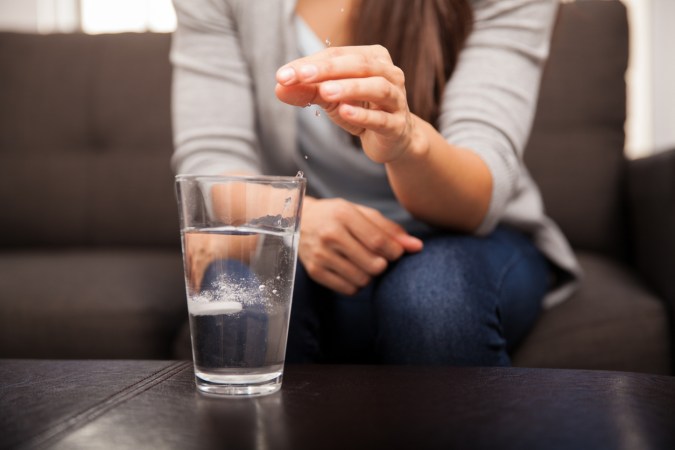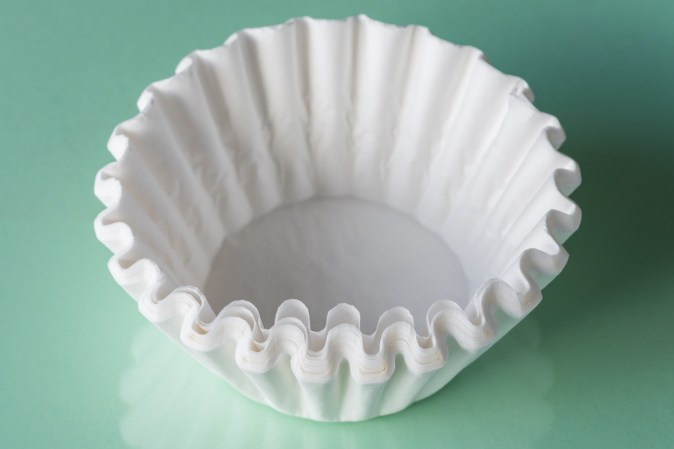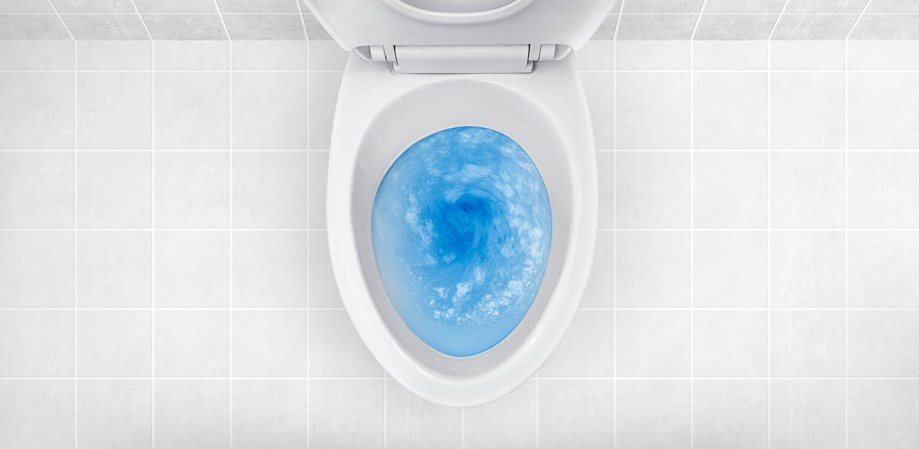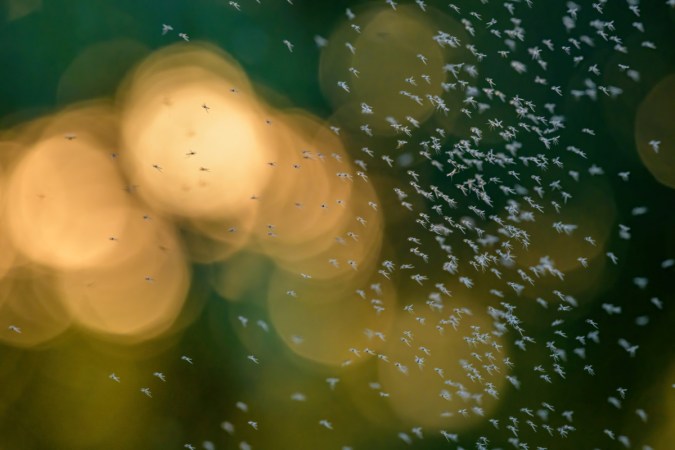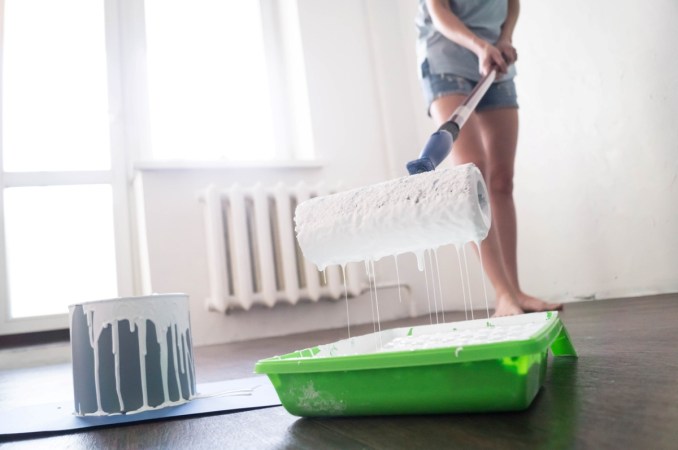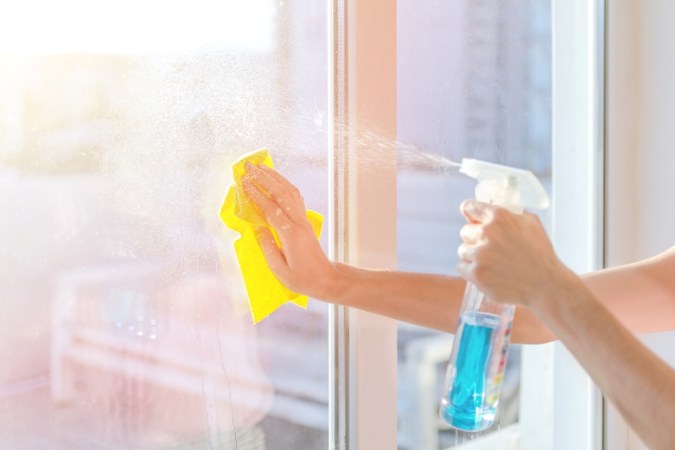We may earn revenue from the products available on this page and participate in affiliate programs. Learn More ›
Whether you’re having a couple of friends over for drinks or setting the table for a special family dinner, clean, spot-free glasses promote good taste and visual appeal. But what to do when your glasses look cloudy and smudgy even after you’ve washed them? While washing glasses is a simple task in theory, it can be rather tough in reality. Some glasses seem prone to fogginess and water spots no matter how many times you wash them. Dirty glasses aren’t just bad for aesthetics, they can also alter the taste of liquids like wine, as is often the case with improperly cleaned crystal wine glasses.
Here are a few simple but highly efficient tips and tricks on how to get perfectly clean, spotless glassware every time.
How to Clean Wine Glasses
Most wine glasses are very delicate, especially if they’re made out of crystal, so handle them carefully. Even if your glasses seem quite sturdy, don’t rush—it’s better to do things slowly and properly than to break glasses in a rush.
Some glasses can be cleaned in a dishwasher, while others need to be hand-washed. Typically, crystal glasses should be washed by hand as they’re extremely delicate. Even if they’re sturdy, crystal glasses with gold rims or other decorations are not dishwasher safe. Everyday glassware, on the other hand, can typically be washed in a dishwasher, however, that doesn’t mean all of it should. Generally, your most prized vessels, crystal or otherwise, should be washed by hand.
Whichever method you choose to use, here is how to do it the right way.
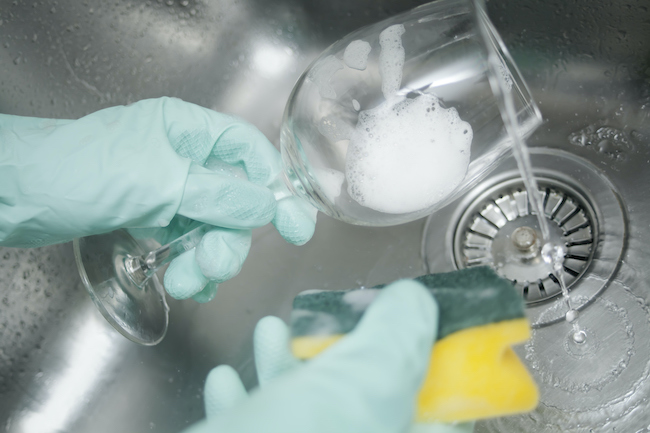
Hand-Washing
To properly wash your glassware, you’ll need:
- Warm water
- Dish detergent
- A sponge
Before you wash a piece of stemware, make sure you’re handling it properly: Always hold a glass by the bottom of the bowl and not by the stem. This is important because the stem is often the most fragile part of the glass. Alright, on to the washing:
- Rinse glasses in warm—not hot—water.
- Wipe each glass clean with a soft sponge and a little bit of dish detergent (just a drop). You don’t need a special wine glass cleaner, any detergent and soft sponge will do.
- Focus on the outside and rim of the glass. There’s usually no need to thoroughly clean the inside of a glass, but you should swirl a little warm, soapy water in it.
- Rinse each glass thoroughly, inside and out, with warm water. This is one of the most important steps as any soap residue will make the glass look cloudy.
Now that your glasses are washed, it’s time to dry them (skip the machine washing step if you’ve hand-washed your glasses and immediately jump to the Drying the Glassware step).
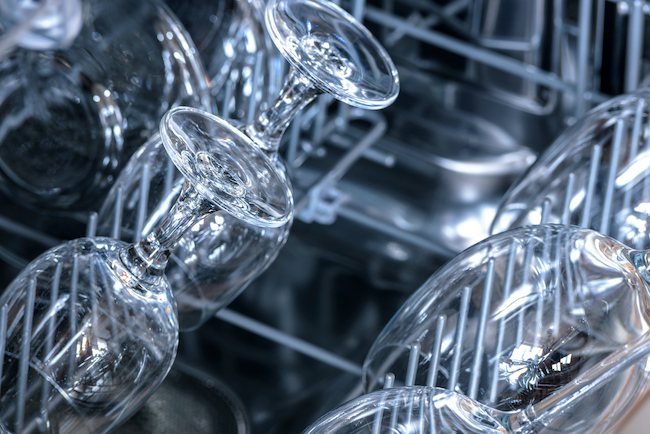
Machine-Washing
Most everyday glassware can be machine-washed. In fact, many crystal wine glasses are dishwasher safe nowadays. As long as they are sturdy, don’t have gold rims or other intricate decorations, most crystal glasses are dishwasher safe. That being said, your most precious glassware should be always washed by hand to prevent additional wear and tear.
If you choose to clean your wine glasses in a dishwasher, it’s important to optimize your machine’s performance so your glasses are spot-free.
- Make sure your dishwasher is running properly and that it has been serviced and cleaned recently. This step is crucial because dishwashers have various moving wet parts that, if not cleaned thoroughly, can leave trace odors on your wine glasses.
- Run a load of stemware on its own, if possible. Isolating these items from other dishes will minimize the risk of a stray mug or knife cracking the glass. If you have other dishes that need to be washed, make sure they’re on a separate rack. Also, don’t overstuff the dishwasher, as this can lead to less clean dishes.
- Choose the air dry setting instead of heat dry. The air dry setting may leave water spots on your glasses that will need to be polished away later, but the process is much more gentle than heat drying. Heat drying can damage glasses by dispersing tiny detergent particles through the steam that can etch and scratch delicate glasses over time.
If your machine is in excellent working order and your glassware is relatively new, you may not need to polish the glasses after running them through the dishwasher. However, if you’re after that perfectly clean and clear look, it’s wise to jump to the polishing step.
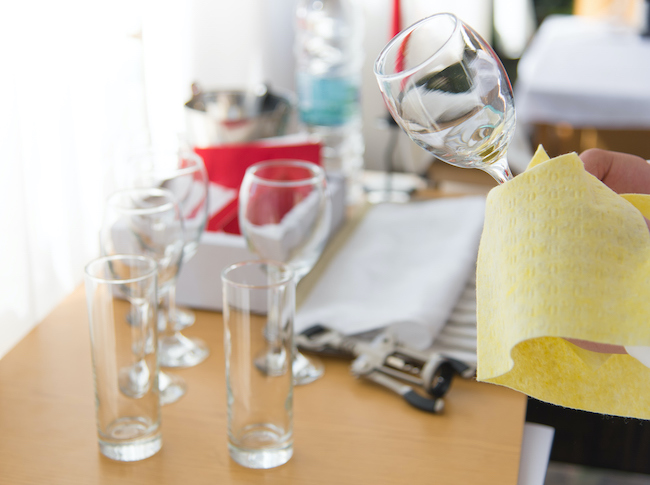
How to Polish the Glassware
To properly dry and polish your glassware, you’ll need:
- Microfiber cloth
- Steam
Whether you use a dishwasher or your hands to wash the glasses, water spots are likely to happen if you don’t dry them properly. To avoid spots, use a microfiber cloth for polishing, as this type of fabric doesn’t leave trace fibers behind (unlike a cotton towel). Before polishing your glasses, steam them first.
- Fill a clean basin, teapot or a bucket with hot water. Any dish will do as long as it’s clean.
- Holding it by the base, take one wine glass and hold it above the steam source at an angle (be careful not to wet it!).
- Once the inside of the bowl has steamed up, take your microfiber cloth and gently polish the glass. Be careful not to put too much pressure on the glass.
- Now steam the outside of the glass bowl and polish it in the same fashion. Move your grip to the stem of the glass and then steam and polish the base as well.
- Lastly, wipe the stem and set the wine glass aside.
Your glasses should be perfectly clean and sparkly now!
A version of this content was originally published at Kitchenistic.com.

